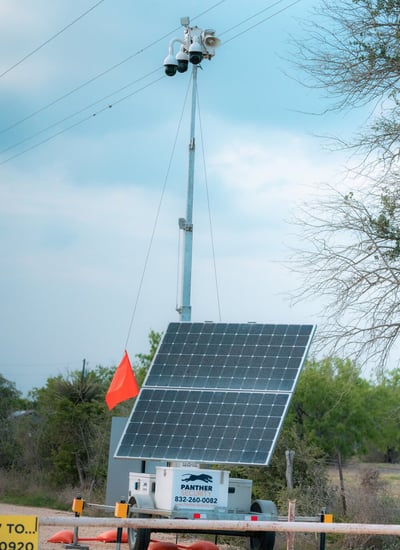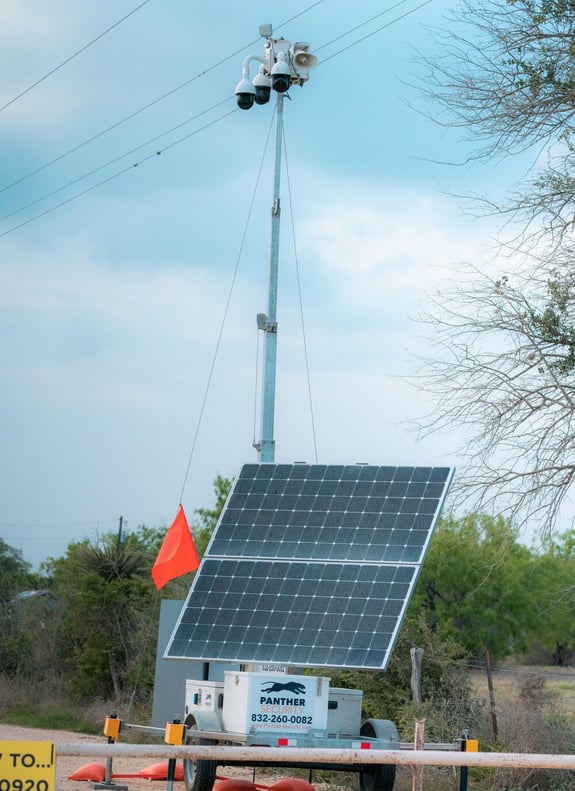 In the past year remote work environments in the U.S. have ecome considerably more popular and widely accepted. Companies historically averse to work-from-home and tele-commuting options in favor of an in-person office staff are shifting toward more flexible staffing options that now embrace the remote work environment. According to a 2020 Gartner survey of 127 company leaders, “82% of respondents intend to permit remote working some of the time as employees return to the workplace” and “47% said they intend to allow employees to work remotely full time going forward.”
In the past year remote work environments in the U.S. have ecome considerably more popular and widely accepted. Companies historically averse to work-from-home and tele-commuting options in favor of an in-person office staff are shifting toward more flexible staffing options that now embrace the remote work environment. According to a 2020 Gartner survey of 127 company leaders, “82% of respondents intend to permit remote working some of the time as employees return to the workplace” and “47% said they intend to allow employees to work remotely full time going forward.”
Along with other industries, oil and gas technology has become more advanced and evolved over time to become automated, and “remote.” Oilfield hands have moved off the rig’s floor and derrick to improve safety and increase performance. In addition, exploration and production activities have expanded globally, benefitting from technology that allows activity to take place remotely. Examples of this include remotely operated vehicles (ROVs) aboard floating rigs that manipulate manifolds on the seafloor, geosteering drill bits to pay zones tens of thousands of feet below the surface and monitoring well performance from a computer screen thousands of miles away from the actual well site.
In the early 2000s the oilfield successfully and collectively incorporated remote, real time operations centers (RTOC) into drilling operations. The idea is simple: improve response times in critical situations, increase well site efficiency through real time monitoring and lower non-productive time. Just as RTOC technology has allowed experts to view real time drilling activity and potential problem areas to improve response times, new remote monitoring innovations have allowed operators to shift onsite security and entry monitoring to a remote command center. Powered by a solar cell array and connected via cellular or satellite network, remote monitoring solutions are now fully sustainable requiring zero direct power or generator hookups.
Traditionally, wellsite entry monitoring is performed with personnel typically living onsite in an RV/trailer or commuting to the wellsite daily. This person’s primary function at the entry is to monitor and log incoming and outgoing visitors 24 hours/day. Routine wellsite visitors may include drilling waste disposal vehicles, drilling crews, service company crews, operator personnel, suppliers (water, sand, cement, mud), abandonment crews, government officials and inspectors.
This is no easy task for either the onsite personnel or the company charged with providing entry surveillance/security. A former husband and wife gate guard team wrote this about their experience in South Texas, “The job itself is not difficult, it’s the conditions of where you work that you need to be ready for. We were always tired.” Following their assignment the couple indicated they had no desire to staff a gate 24/7 again and mentioned their replacements lasted just 10 days.
By shifting to security systems for remote location monitoring, companies eliminate staffing headaches and liabilities. Retaining qualified staff in remote locations is challenging enough, so when a guard does not show up for work due to sickness or quits, where do companies source trained and licensed replacements? Even if a guard is on standby, travel to and from a wellsite may require hours depending on the location. Weather conditions also have a significant impact on the ability of a security guard to effectively monitor a wellsite. Plus, there is the liability of personnel being injured and not having access to immediate help at a remote, isolated location.
Supported by a fully-staffed, 24-hour-a-day command center, operators are now able to remotely monitor rig sites and other remote locations with assurance. This remote security solution tracks site visitors with high definition cellular and satellite-enabled security video footage. Fully sustainable remote well monitoring equipment alerts authorities in critical situations (such as break-ins or unauthorized intrusions) and increases site efficiency by operating 24/7, error free.
The situation is not limited to drilling rigs. Other industry sites that can benefit from this virtual gate and security guard service include production facilities, pipeline stations, equipment storage facilities, construction sites and refineries. The technology is also well suited for other industries including, mining, rail, renewables, farming, ranching and construction.
Whether temporary or permanent, Panther security’s monitoring solution is easily and quickly deployable to any location requiring a small footprint compared to more intrusive and permanent installation of traditional onsite guard facilities. Our solution eliminates guard shacks, RVs, portable toilets, water tanks, generators, sewer hookups, lighting and staffing woes and all the related logistics headaches.
Panther Security provides remote security solutions as just one part of a total security solution. Remote location monitoring, remote location entrance surveillance and security, fully-controlled entry access are some of the benefits that Panther Security provide. The remote security systems service is built around a cellular security camera monitored remotely at a fully-staffed command center. Different packages and options are available to provide the right level of security and virtual gate guard service -for your remote location. The Panther solution provides:
- Controlled entry access to your remote location
- Tracking (in and out) of visitors, contractors and employee
- Video and log of all personnel entering and leaving the location
- Tracking of unauthorized visitors24/7 video monitoring
- Full range of options and packages
To find out how our remote solutions can help keep your location safe and secure, contact Panther Security today at 832-260-0082 or thepanthercompanies.com/security.

